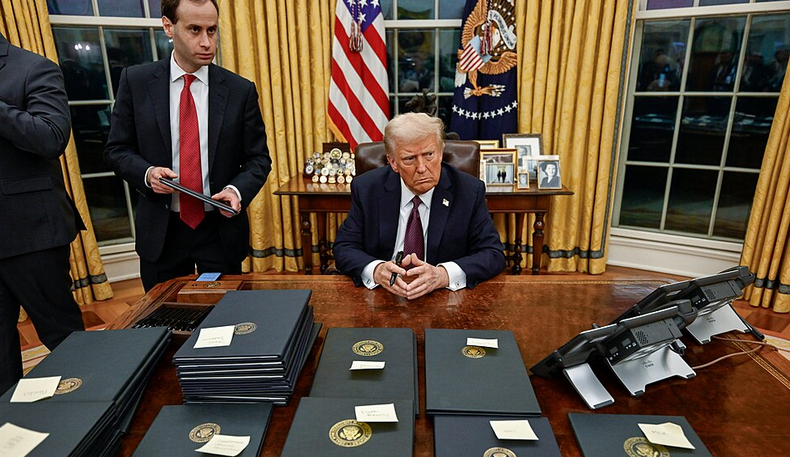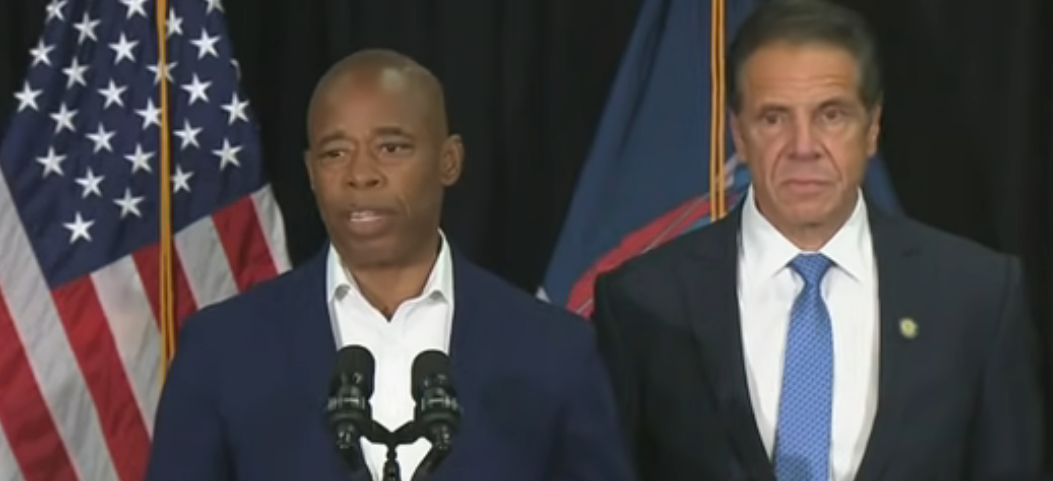Photos: Black Voters Matter\ YouTube
Since the January 6 insurrection, dozens of states have enacted restrictive voting laws. Race played a big role in where these measures were introduced and passed, and their effects will fall especially hard on voters of color.
Two laws — one in Arizona and one in Georgia — demonstrate how the legislation will disproportionately impact communities of color, making it more difficult for them to vote.
Before Arizona legislators passed Senate Bill 1485 last year, registered voters could sign up to automatically receive a mail ballot for every election. Whether or not the voter actually participated, they could still count on getting a ballot for the next contest, which made voting easier.
Under the new law, however, voters will be booted off the mail voting list if they go four years without casting a mail ballot — even if the state has no reason to think they’ve moved or are otherwise ineligible.
Our analysis shows that this change will have major, racially disparate effects. Latino and Black voters on the mail voting list are more than twice as likely to be at risk of removal as white voters. The changes spell problems for the state’s large Native American community too: Arizonans who reside on tribal lands are twice as likely to be at risk of being dropped from the mail voting list as those living elsewhere. While it’s important to note that these voters wouldn’t be “purged” — they could still vote in person or renew their request for a mail ballot — low-frequency voters might not realize they didn’t receive a mail ballot until it’s too late to get to a polling place.
Georgia presents a slightly more complex picture. There, state lawmakers passed multiple restrictive voting bills. In the recent primary, however, turnout increased. Some pundits declared this proof that the restrictive voting bills didn’t matter because people were still voting.
Not so fast.
While overall turnout did increase, so too did the white-Black turnout gap. This year, white turnout was 6 percentage points higher than Black turnout, far higher than in any primary in recent years.
This doesn’t prove that Georgia’s new restrictive bills caused the turnout gap to widen, but it does show that things are moving in the wrong direction in the Peach State.
We’re less than 90 days away from the first major general election in which these new bills will be in effect around the country, and activists and researchers will need to study their impacts. But the early returns suggest that the restrictive voting bills adopted in so many states will disproportionately impact voters of color, and those impacts may have powerful effects on our elections.
The situation is another reminder of how the Supreme Court’s gutting of the Voting Rights Act, which would likely have prevented many of these laws from taking effect, has hurt the most vulnerable voters.
Only Congress can fix this mess, and the time until the midterms is ticking away.
By Kevin Morris\Brennan Center






